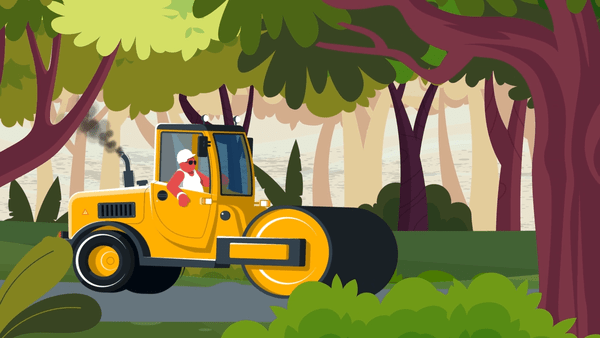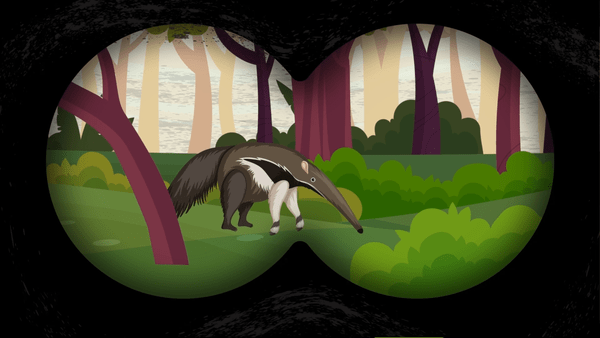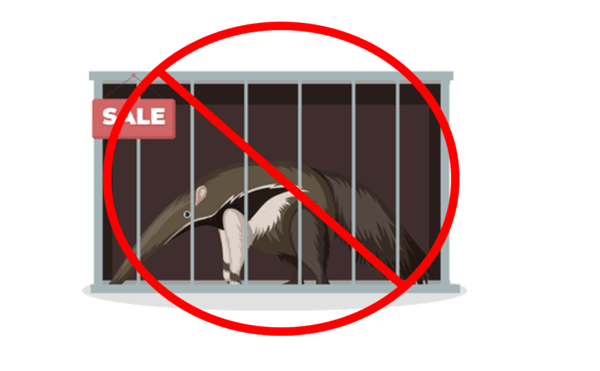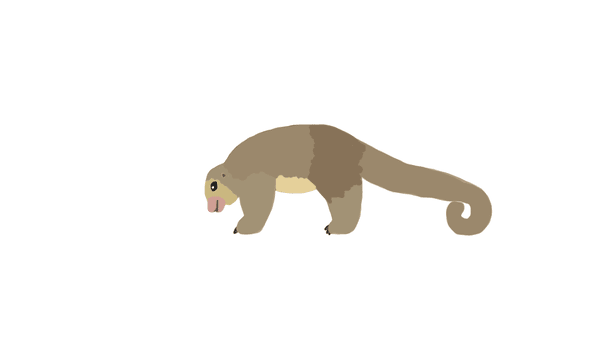
Rio Negro silky anteater
Cyclopes ida
Lifespan: Experts are still studying
Reproduction: Gestation length is 120-150 days.
Size: Estimated around 300 grams
Diet: Mainly feeds on ants.
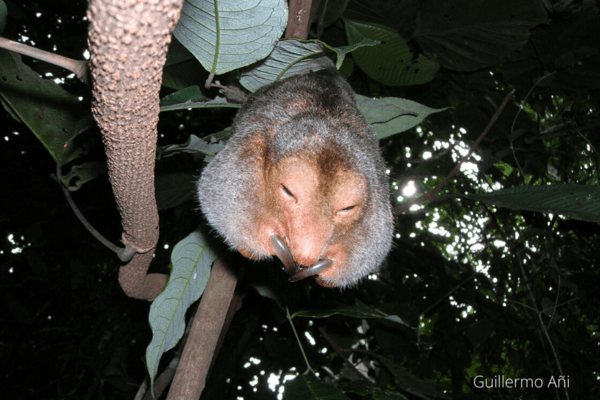
Common Names
English – Rio Negro silky anteater
Portuguese – Tamanduaí do Rio Negro
Spanish- Hormiguero sedoso Río Negro
How to Identify:
Cyclopes ida Its fur of the back, legs, and tail is grey, and the belly yellow. It usually lacks both dorsal and ventral stripes; when present, the dorsal stripe is indistinct and blended into the dorsal fur.
IUCN Red List
Species are classified into one of nine Red List Categories: Extinct, Extinct in the Wild, Critically Endangered, Endangered, Vulnerable, Near Threatened, Least Concern, Data Deficient and Not Evaluated. Vulnerable, Endangered and Critically Endangered species are considered to be threatened with extinction.

Rio Negro silky anteater Facts
- Arboreal
- Nocturnal
- Toothless
- Prehensile tail
Habitat
• Amazon Forest
 Population Trend
Population Trend
• Unknown
 Threats
Threats
• Probably habitat loss
Here are some ways YOU can help keep anteaters healthy and safe:
– It is best to observe them from a distance and in silence.
– Our pets could attack them. It is important to keep your dog on a leash when you go for a walk, or keep your pets at home in an enclosed and safe area. In addition, taking care of our pets also means spaying and neutering them so that they do not breed without control.
– Anteaters love to live in the woods, keeping them as pets is not good for them. Keep in mind that they don’t like selfies either.
– If you find an injured anteater, contact a wildlife hospital so they can help it.
– If more people ate more bugs, there would be less demand for pigs and cows. Edible insects are better for the environment than large livestock.
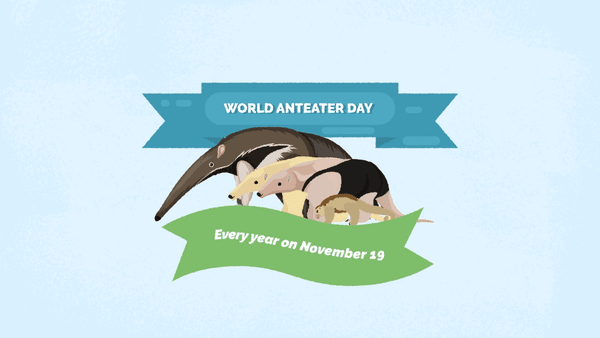
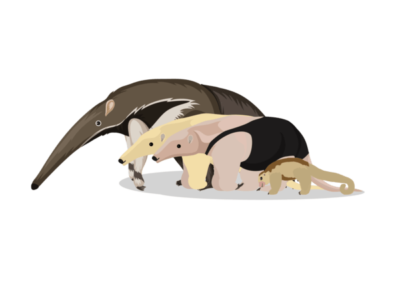

 Population Trend
Population Trend Threats
Threats